How to Get Rid of Stink Bugs
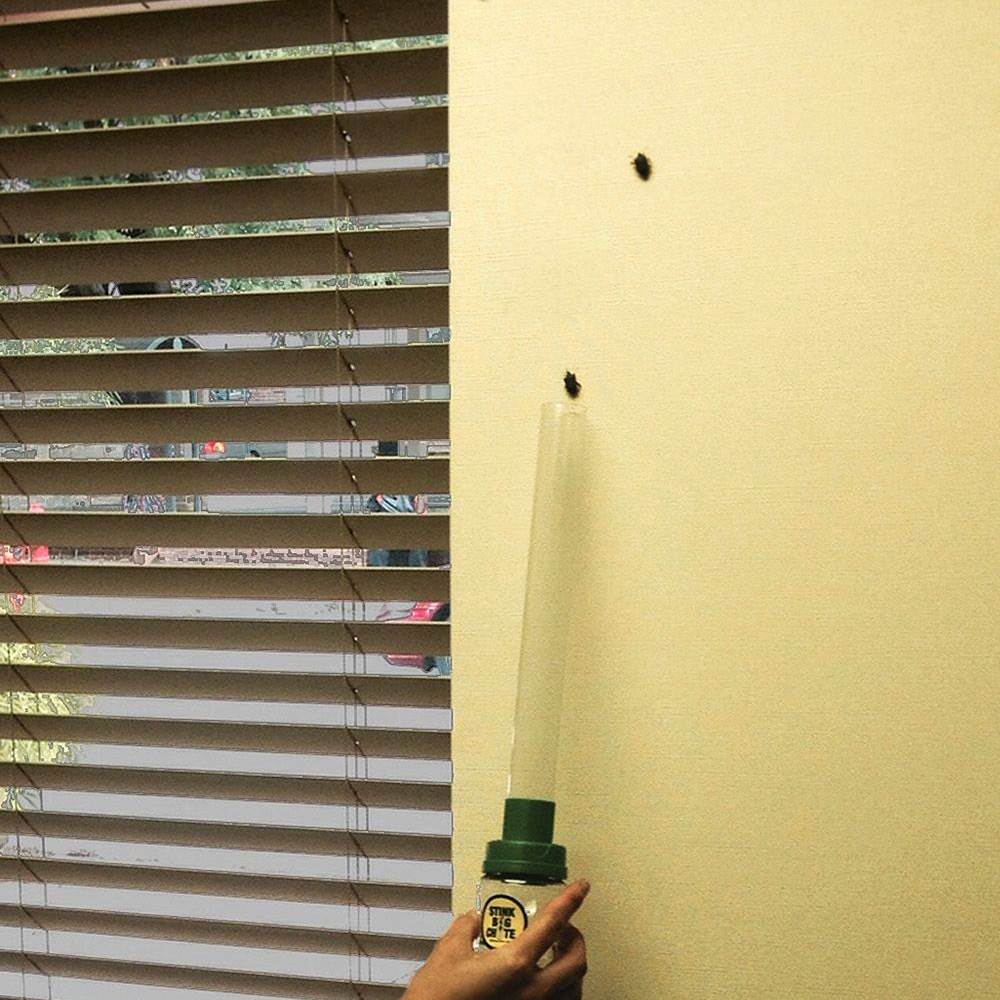
Last updated September 7, 2023
Stink bugs, like many pests, are a menace in the garden. They eat everything: tomatoes to peppers, butter beans to sweet corn. Not even apples, peaches, pears or grapes are safe. They also eat rose bushes, shade trees and woody ornamentals.
If you find yourself dealing with stink bugs, this guide will help you get rid of them.
Table of Contents
All About Stink Bugs
Understanding Stink Bug Timelines
Preventing Stink Bugs
Trapping Stink Bugs
Spraying Stink Bugs
All About Stink Bugs
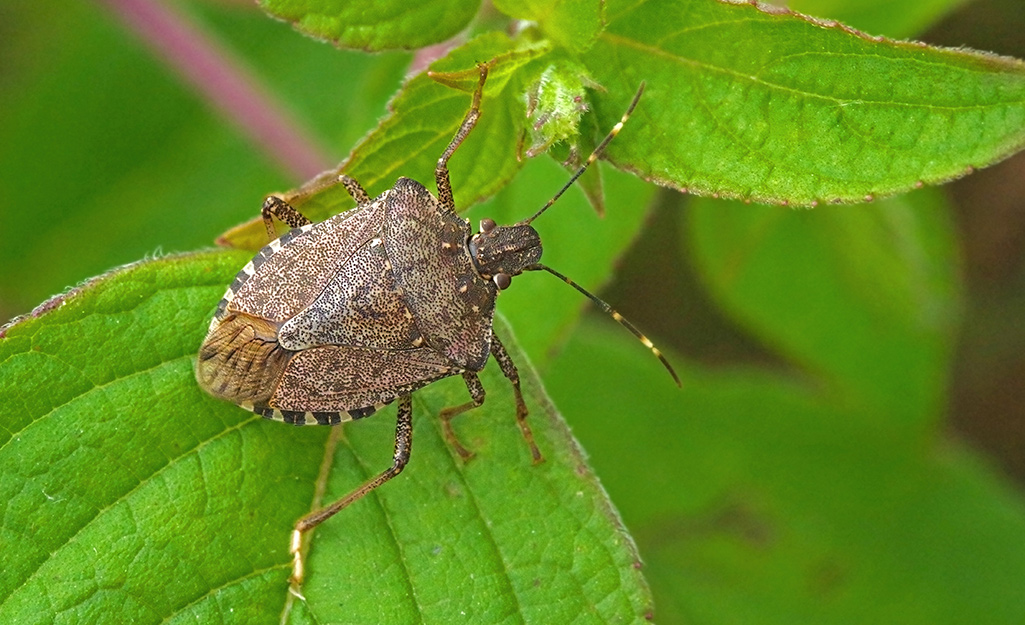
Stink bugs are also known as shield bugs. They are invasive, flying insects that arrived in the US in the 1990s. Stink bugs destroy fruits and vegetables by piercing the skins. They brown them from the inside out and kill them. Stink bugs emit a foul odor. Their horrible smell comes as a defense mechanism. Handling or attempting to move them will trigger the odor. Some people say the bugs smell like cilantro. Others say they emit a smelly foot odor.
Stink bugs mostly cause trouble outside, but they can cause alarm when noticed inside. They won't breed indoors or cause interior damage. You also don't need to worry about them harming any humans. But they can enter a home through cracks or gaps in the foundation. They can show up in large numbers in blinds, draperies and light systems. It's best to stop them in their tracks outside. This ensures they won't make their way inside to the warmth of your home.
To identify them, look for bugs with grayish-brown, shield-shaped bodies. Adult stink bugs are 1/2 inch long with dark antennae and unique white markings. Young bugs are more round and may be green or black.
Understanding Stink Bug Timelines
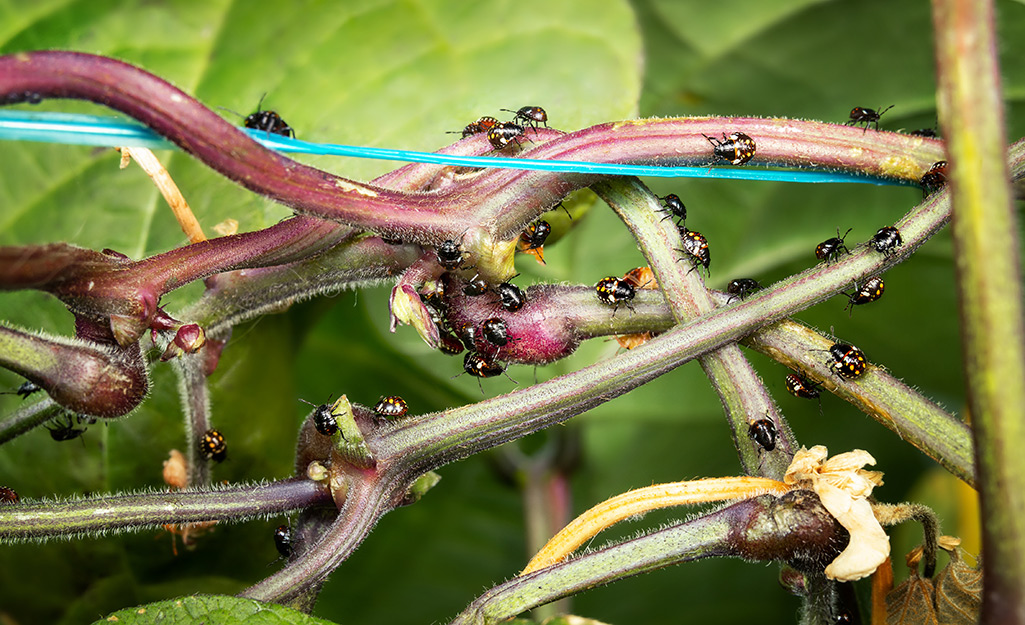
Stink bugs have a consistent timeline they stick to when it comes to laying eggs, maturing and hibernating.
- April: Hibernation is over. Stink bugs wake up after wintering over in homes and outdoor leaf litter. This is the best time to catch them.
- May to September: Active mating season. This is when stink bugs will lay eggs and feed on more than 300 plant species. If you waited to eradicate them, now is the time to catch the babies. Catch them before they mature into ravenous adults and lay even more eggs.
- September to October: Stink bugs move inside. This is when the weather starts cooling down and stink bugs look for warmth. Catch adults before they infest your home.
Preventing Stink Bugs

Your best bet is preventing stink bugs from overwintering in your yard. Clean up around the yard during fall. Remove leaf piles and fallen branches, pick up bark and pluck overgrown weeds. You want to ensure there's no place for them to shelter.
Protect your garden plants by covering them with netting or row covers. If your current covers have holes or gapping, replace them. However, covers can prevent pollinators, like bees, from reaching your plants. Be careful where you use them if you're interested in keeping pollinators.
Trapping Stink Bugs
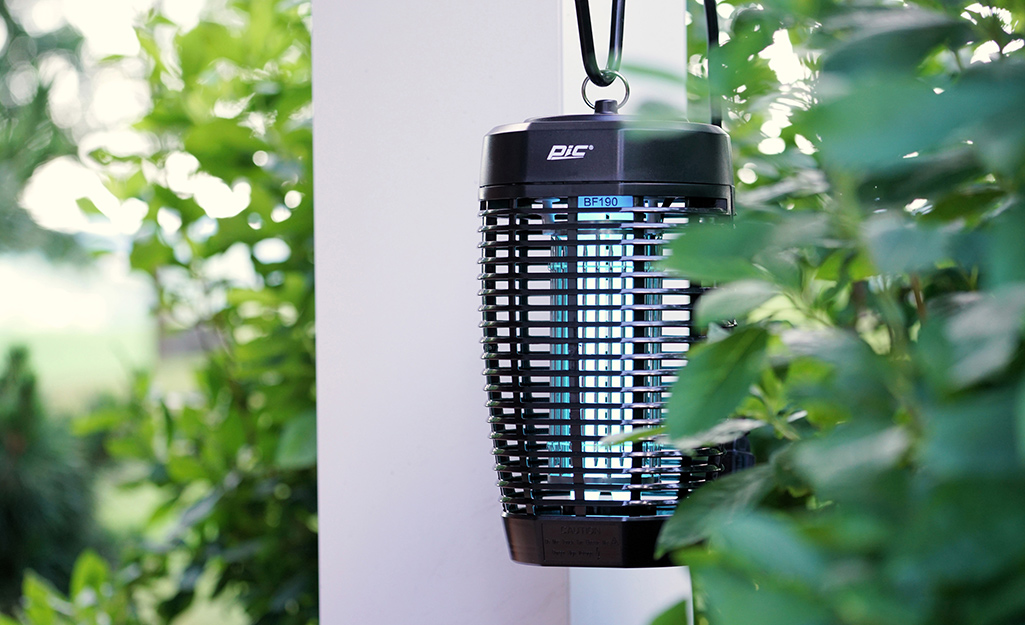
You can make a DIY trap using an aluminum baking pan. Fill the pan with 2 inches of water. Mix the water with a few drops of dish soap. Position a bright light to shine on the bottom of the pan. A clip-on shop light works or an overhead light in your yard. You're essentially trying to create a reflective spot. Stink bugs will be attracted to the light, land in the water and drown.
Use traps before April 1st to catch adult bugs as they wake up from hibernation. This will prevent them from multiplying.
Spraying Stink Bugs
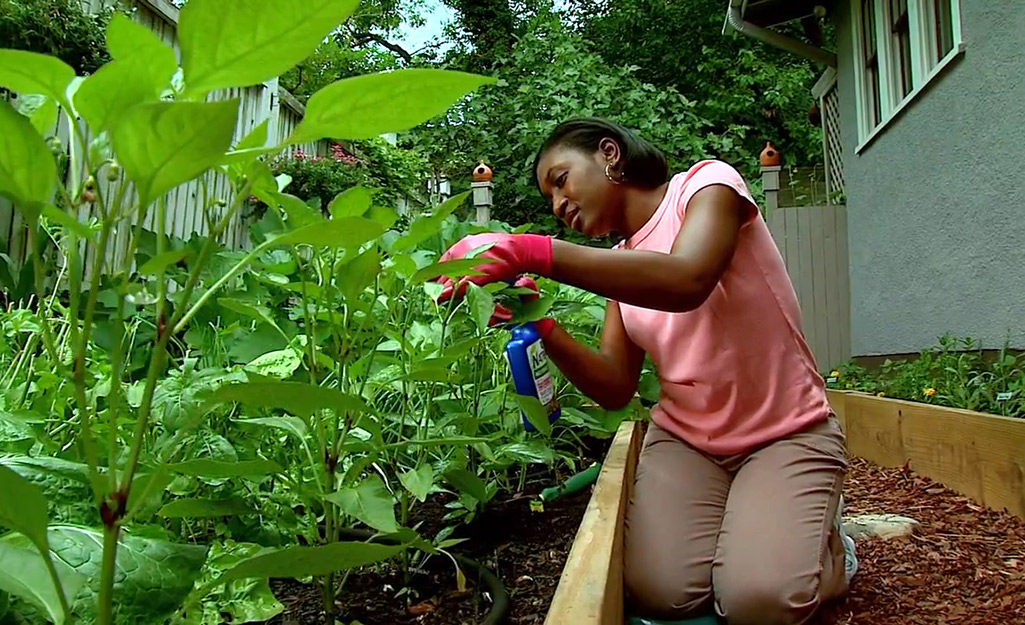
Use a natural repellant to spray your garden. A kaolin clay solution is a great method for controlling stink bugs. The solution prevents the bugs from laying eggs and feeding on plants. It's safe for edible plants so long as you wash them before eating.
Pheromone traps are another natural solution. Place these traps in trees or sturdy plants in early spring. Place the trap where both the top and bottom are in contact with the plant. This gives the bugs access, but no escape. Once trapped inside, they will die. You can hang the traps from stakes every 20 feet around the garden perimeter to be extra safe.
If natural repellents don't work, look for organic pesticides. Neem oil, insecticidal soap, Pyrethrin and Rotenone are options. Follow directions on the packaging to keep your garden safe.
Ready to get your stink bug problem resolved? The Home Depot delivers online orders when and where you need them.

































